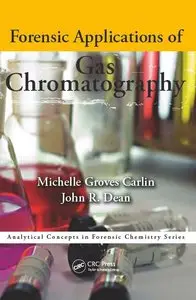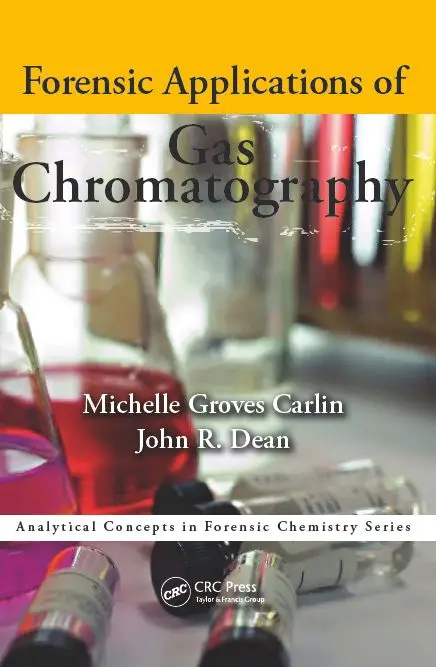Forensic Applications of Gas Chromatography (Analytical Concepts in Forensic Chemistry) by Michelle Groves Carlin and John Richard Dean
English | 2013 | ISBN: 1466507543 | ISBN-13: 9781466507548 | 186 pages | PDF | 6,5 MB
English | 2013 | ISBN: 1466507543 | ISBN-13: 9781466507548 | 186 pages | PDF | 6,5 MB
Several areas of forensic science use the technique of gas chromatography, ranging from fire analysis to the investigation of fraudulent food and perfumes. Covering the essentials of this powerful analytical technique, Forensic Applications of Gas Chromatography explains the theory and shows applications of this knowledge to various realms of forensic science.
Topics include:
• A brief introduction to gas chromatography and its use in forensic science
• Various components that make up the gas chromatographic instrumentation
• The theory of the separation process, along with the chemistry underpinning the process
• Method development, with a specific example of a separation of eight different compounds using a gas chromatography-flame ionization detector
• Quality assurance and method validation—with information applicable to many types of analytical testing laboratories
• Troubleshooting in gas chromatography systems
• New developments in gas chromatography and advances in columns and detectors
Real examples supplement the text, along with questions in each chapter. The book includes examples of applications of gas chromatography in drugs, toxicology, fire, paint, food, and fragrance. Each application is presented as an individual case study with specific focus on a particular sample preparation technique. This allows each technique to be discussed with respect to its theory, instrumentation, solvent selection, and function, as appropriate. Each case study provides readers with suitable practical information to allow them to perform experiments in their own laboratory either as part of a practical laboratory class or in a research context. The final chapter provides answers to the questions and encourages further study and discussion.



